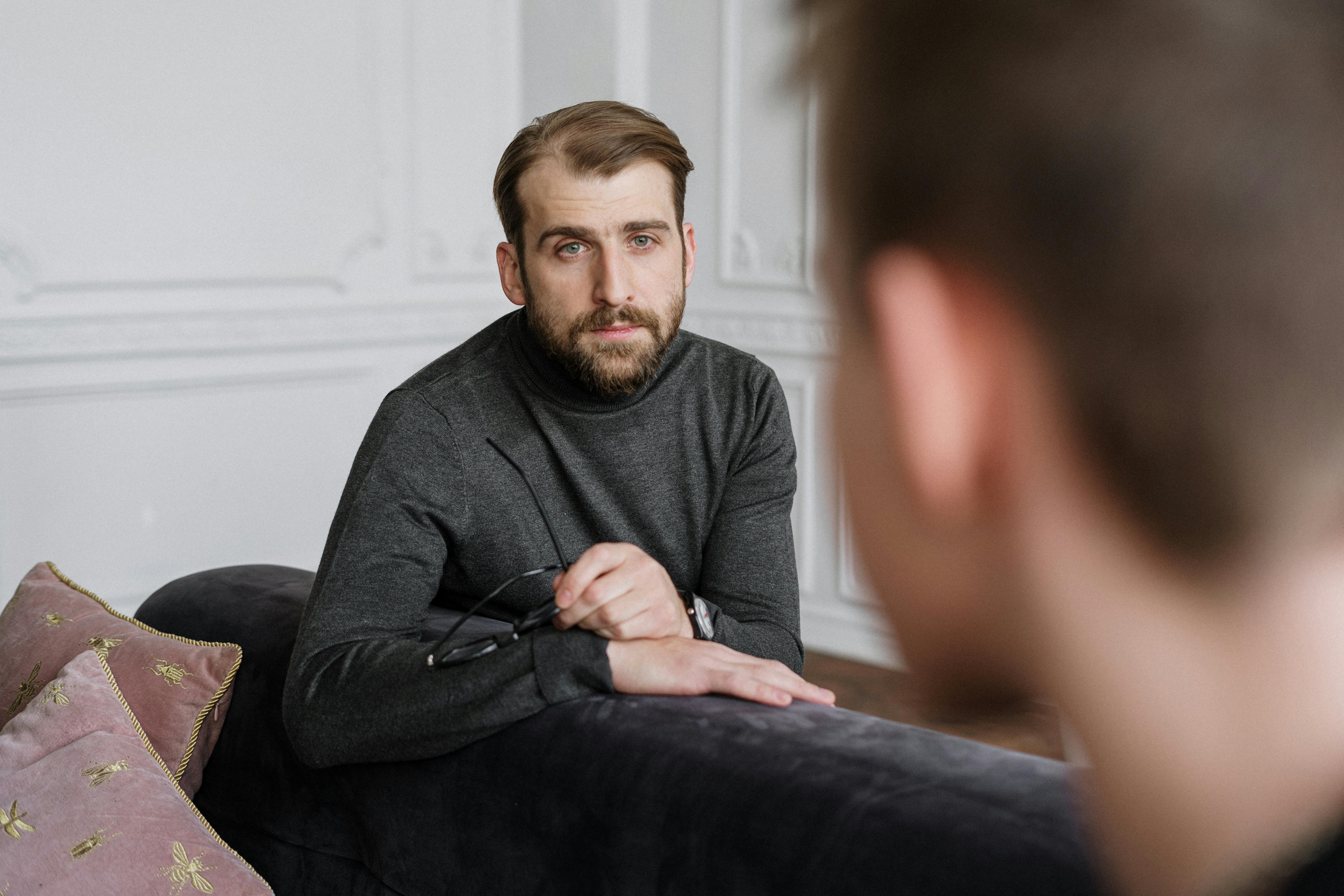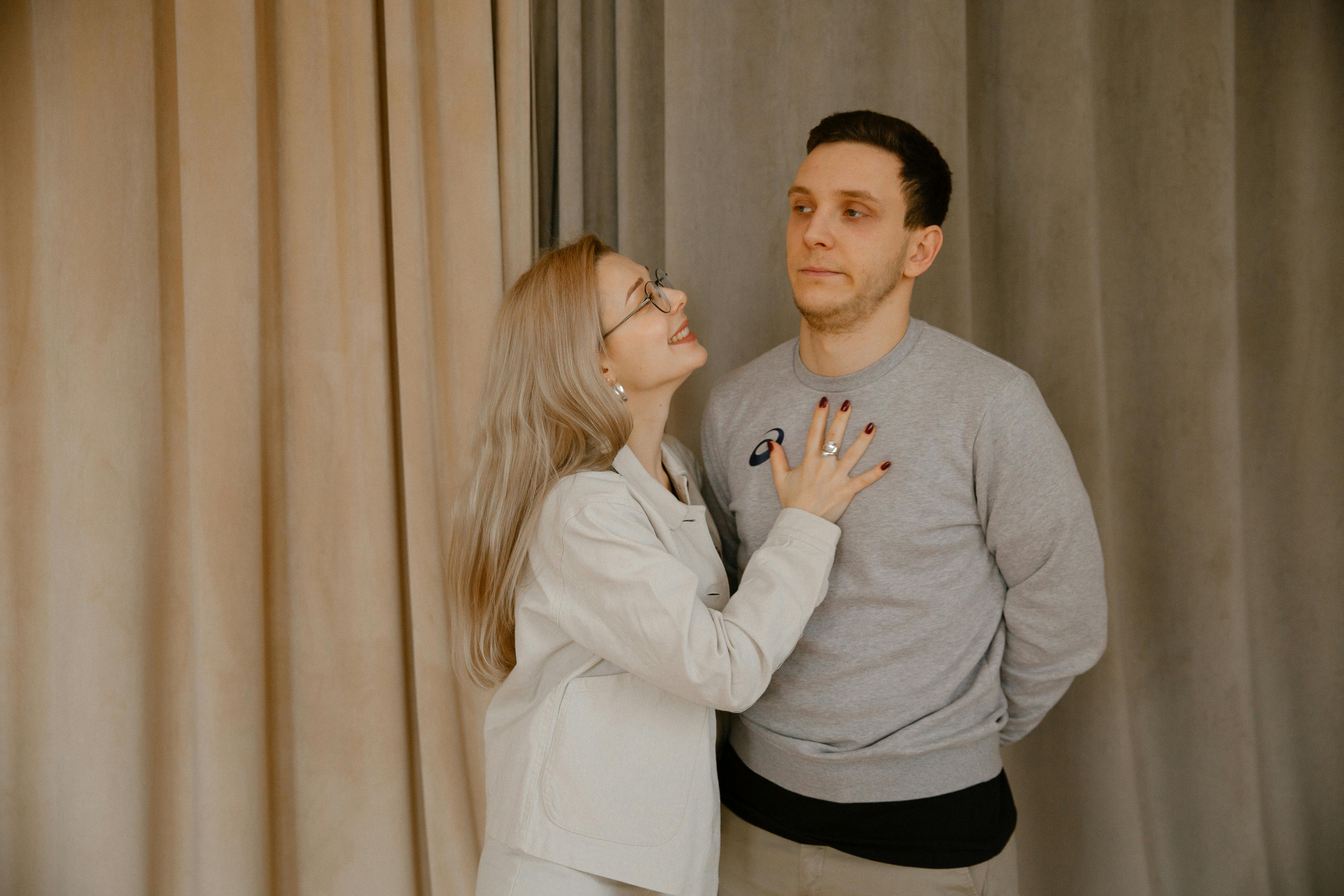Drawing can be seen as putting lines, shapes, values, and textures on a surface. Learning to draw as a skill is like learning to write and most of us remember that struggle, even though cursive is becoming an extinct skill in many schools today. There are numerous terms related to the graphic process of drawing: scribbling, sketching, doodling, etc., but this article will focus on the act of drawing as a process of translating a three-dimensional object or shaping it with mark-making tools. This process is basic to most forms of art and design. Look around. Every man-made object began as a drawing on a surface. Sketched out as an idea, then drawn more precisely to better convey the vision, then perhaps on a drawing board or computer-aided design (CAD) process for further refinements.
But let’s talk about drawing not only as an art form, something unheard of not so many years ago, but as a way of seeing. As beautifully as Cezanne, Ingres, or David could draw, during their lifetime drawing was considered a preliminary basis for a portrait, still life, or landscape painting. Today, his drawings can stand on their own as beautiful works of art. His process of analyzing form and translating it into forms, lines, values, and textures on paper with pencils, charcoal, chalk, and ink, with astonishing insight, leaves us with remarkable works to view and study. Occasionally his drawings turned out, by today’s standards, to be stronger works of art than the resulting paintings.
Drawing is a process and should be approached as such. I would recommend that you never set out to “make a picture”. Use the drawing to analyze what you see. Get control of your medium (graphite, charcoal, etc.) and use large paper. Draw using large muscle control before attempting fine motor skills. that will come. Don’t worry about the details. that will come Putting precise detail into a drawing that has poor form, with no understanding of spatial relationships or negative space, and little understanding of composition, is like decorating a cake made of adobe. Take a look at your subject (let’s say it’s a life class with a nude model) and start drawing in circular or elliptical strokes, quickly capturing the torso, hips, upper and lower legs, arms, head, moving his hand almost constantly from one part to another. go away. This is gesture drawing. Capture the position and relationship of basic shapes very quickly. You should have a loose pattern of “scribble” circles and ellipses all over your body in just a minute, no more. Gesture drawing forces you to focus on the basic shapes and their relationship to each other. This is the basis for understanding the shape and its position in space. In undergraduate school, our drawing teacher had us fill out 18″x24″ pads of newsprint (both sides of the paper) and use 8-10 pads in a 12-week class. We used willow and vine charcoal for these exercises and we understood the human form in space. Do this and you will too.
Then apply this approach to drawing landscapes, animals, and still life. Even portraits. We have a tendency to want to draw a “picture” with precise details. If you work toward that goal and are willing to work diligently through this and other exercises, you will be able to make a “picture” that has meaning, that is truthful, that is accurate.
Draw. Draw as much and as often as you can. Approach it as a way of seeing and understanding. An excellent book with accompanying workbook is Betty Edward’s Draw on the right side of the brain. Read it to understand it, then do the exercises. You’ll be able to draw (or draw better) in eight weeks or less. You can find it on Amazon, or better yet, at quality art supply stores where you can select from a wide range of drawing supplies, pads, and papers.




